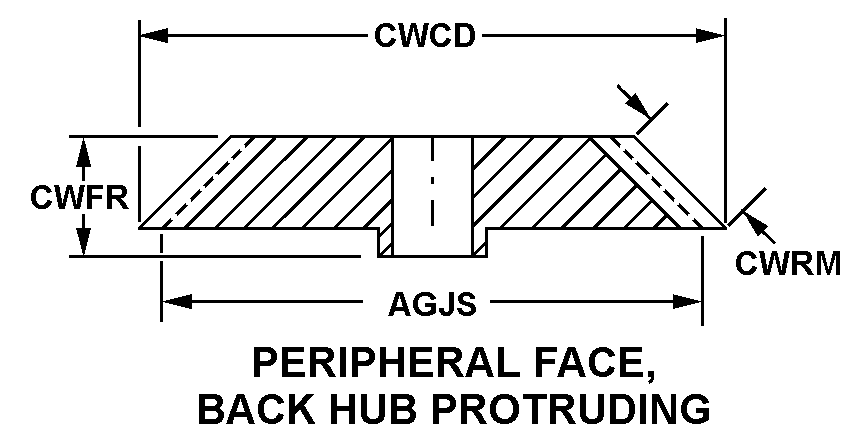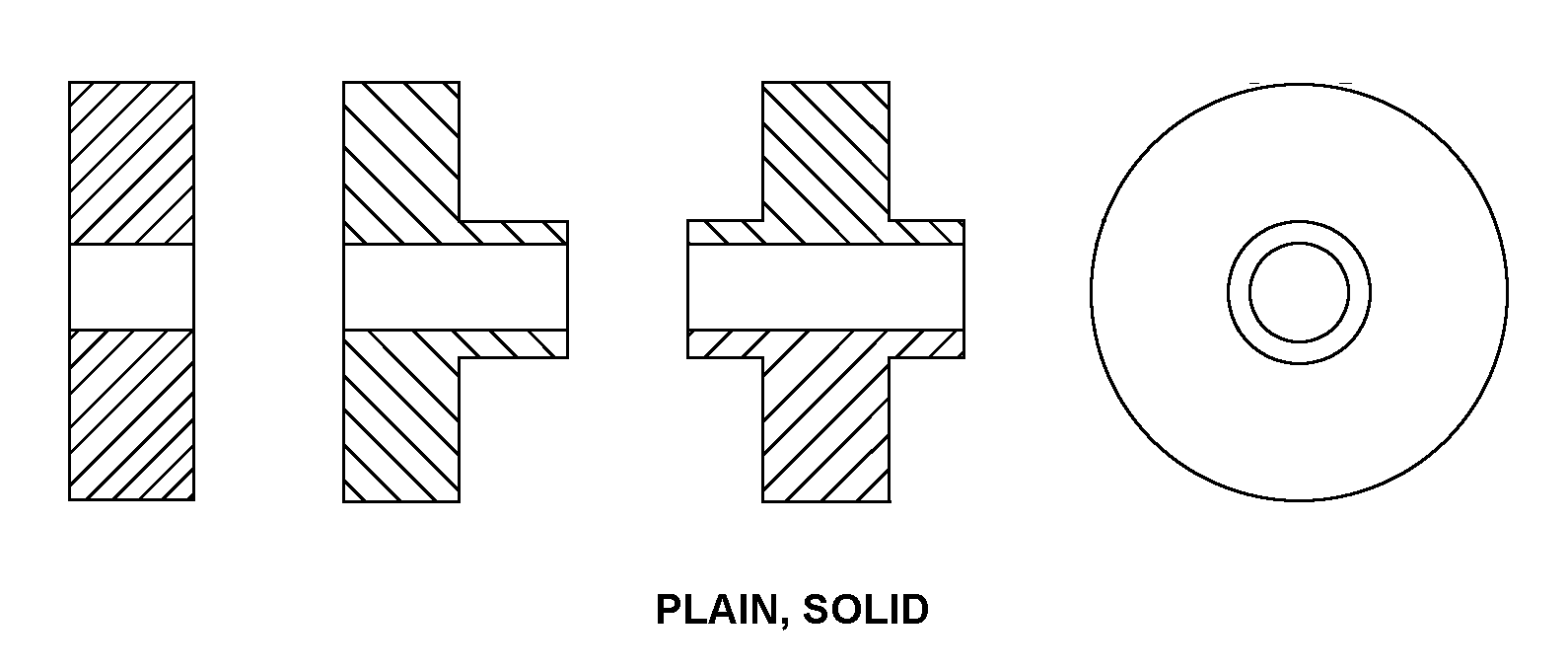3020004751608
Price Quote Get an up to date pricing and availability quote for this product. Order online or over the phone.
Quality Commitment
Serving our customers with quality and safety first.
- AS9120 Certified
- Audited supply chain
- ITAR Registered
- DDTC Registered
- HAZMAT Certified
- Customer service objectives
- Every product 100% inspected

3020-00-475-1608 Specification Set by the OEM (see RNCC code 3)
plain, solid
2.0000in.
16
10a w/ keyway both ends
2.123in.
1.031in.
straight
80.0000 degrees
0.375in. second end
0.2810in. first end
0.370in.
0.626in. both ends
0.127in. both ends
0.377in. both ends
1 step second end
0.063in. second end
0.938in. second end
0.313in. second end
1.188in. second end
steel
MIL-S-13048 C1015 thru C1025 or C1115 thru C1120 mil spec single material response
phosphate manganese
MIL-P-16232, type m class 2 mil spec single treatment response
peripheral face, back hub protruding
Cross Reference Parts Part numbers that meet the specification outlined on this page and set by the OEM
Identification Item Identification Guide (IIG) and Item Name Code (INC)


Definition Definition of approved item name (AIN): "GEAR,BEVEL"
A gear in the form of a frustum of a cone, with straight, skewed, or curved teeth, cut on the external face. See also gear, antibacklash, bevel.
3020-00-475-1608 Material Hazmat, Precious Metals, Criticality, Enviroment, and ESD
Indicates there is no data in the hmirs and the nsn is in a fsc not generally suspected of containing hazardous materials.
Item does not contain precious metal.
Represents items with no adp components
The item does not have a nuclear hardened feature or any other critical feature such as tolerance, fit restriction or application.
Identification Codes
HMIC: Hazardous Material Indicator Code. A one position code that identifies a hazardous item.
PMIC: Precious Metal Indicator Code. A one position code which identifies items that have precious metals as part of their content. precious metals are those metals generally considered to be uncommon, highly valuable, and relatively superior in certain properties such as resistance to corrosion and electrical conductivity.
ESD: Electrostatic Discharge. Indicates if an item is susceptible to electrostatic discharge or electromagnetic interference damage. electrostatic discharge damage occurs when an accumulation of static electricity generated by the relative motion or separation of materials is released to another item by direct contact. electromagnetic interference damage occurs when an item comes into proximity with an electrostatic or magnetic field.
ENAC: Enviromental Attribute Code. Identifies items with environmentally preferred characteristics.
CRITL: Criticality Indicator Code. Indicates an item is technically critical by tolerance, fit, application, nuclear hardness properties, or other characteristics.






